Bourgeois Meat Market in the Times Picayune!
Judy Walker from the Times Picayune came by the market one afternoon to talk with us and take some pictures. See the article below:
Bourgeois Meat Market: Four generations of smoked Cajun meats on Bayou Terrebonne
Below is a copy of the text of the article above for those interested:
By Judy Walker
NOLA.com | The Times-Picayune
What kind of wood is that? Beau Bourgeois answers with two words and a half smile: "Tree wood."
It's a family secret, one of several at the family business where Beau is the fourth generation, Bourgeois Meat Market in Thibodaux. In the 1940s or '50s, the retail operation moved across the street to 543 W. Main St., right on the bank of Bayou Terrebonne.
"This is what I do all day, every day," Beau says, tending the whatever-kind-of wood in the smokers. "It's the first thing I do when I get here. I babysit the smokers and make sure people are taken care of up front."
In twin smokers hang the famous beef jerky, which Garden & Gun Magazine called "the embodiment of umami" and "inexplicably good" in the John T. Edge story headlined 100 Southern Foods You Absolutely, Positively Must Try Before You Die.
The family origin story starts in 1891. Beau's great-grandfather, Valerie Jean-Batiste Bourgeois, would slaughter one pig or cow at a time and peddle fresh cuts of meat door to door by horse and buggy, and wouldn't come home until the whole animal was sold.
"And sometimes he didn't get home until real late at night," the family members tell you.
In the 1920s, the first Bourgeois opened a storefront next door to the family home. He made hogshead cheese, smoked sausage and more. His son, Lester, served in World War II and eventually took over the family business. Under Lester, the store moved across the road and onto the bayou. The market also had a slaughterhouse, now closed.
"We quit slaughtering about 15 years ago," says Donald, father of Beau. The meats come from a small slaughterhouse in Opelousas.
In the large retail space, two ancient chopping blocks, too worn and low to use, support pans holding wrapped pounds of jerky. Behind them, a stainless steel work surface will never wear down that way.
Lester turned 91 recently. He still visits the market "at least twice a day," his son said. "We played 18 holes of golf two weeks ago, and August is a great time of year to play golf," Donald said, tongue firmly in check. Lester and wife Rita had seven kids, who grew up in the meat market.
Donald said he wanted to own the market since he was 5 or 6 years old, and when he started, it was him, his dad and one guy. Now there are 18 employees.
Donald started working there full time in high school, and worked 50 hours a week while earning a business degree at nearby Nicholls State University. (Beau is also an alum.) One of his brothers was in business with him for a time.
The family story from the 1980s is about the beef jerky.
"It was the biggest accident in the whole world," Donald said. In college, he made a little beef jerky for himself and friends to snack upon.
"At the time we had a really good customer in the oil field, a salesman, and I happened to give him some. He really liked it. He wanted us to make it. Dad told him no. He was ready to retire.
"Dad was on vacation when the salesman came by. He asked for another 20 pounds for Monday.
"That silver-tongued salesman talked me into it," Donald says. "Monday came, I sliced it up and put it in the smokehouse. Dad didn't say a word; I could feel him staring at me. Chick (Breaux) stopped by to pick it up. He pulled Dad over and sweet-talked him. And every Monday, he would order another 20 pounds.
"After six, maybe nine months of this," Donald says, they started giving customers a taste, too.
The jerky's popularity has been mostly word of mouth. Now, the market cuts, marinates and smokes a half-ton of lean beef a week, and they ship it all over the world. Exactly how it's smoked is another closely held secret, but it's made from extra-lean steak, marinated 24 hours and hung piece by piece on nails, smoked for a day.
All the leftover bits of beef too small for jerky are ground and stuffed into a skinny casing, then smoked and turned into the Bourgeois version of a Slim Jim, only better by several orders of magnitude. Unlike a Slim Jim, they're not dried and they don't have preservatives, so they must be vacuum-packed or refrigerated.
The website makes it much easier to take orders for the jerky now, Beau said.
Donald has been an innovator. We can thank him for the invention of the boudin burrito. Homage must be paid.
It's boudin wrapped in a flour tortilla. Two things, $3. Not fancy, but the ingredients complement each other in an amazingly tasty fashion. The market keeps the burritos in a hot case, so they're warm and a little crisp when you buy one.
"Is that crazy good or what?" Donald says when complimented.
About two years ago, he was trying to think of something new. Among his rejected ideas were red bean boudin, white beans mixed with boudin, several other things.
Lying in bed early one morning, he thought about the new Mexican restaurants that had opened in Thibodaux, and the influx of construction workers from south America after Katrina and the oil spill. And his wife had made wraps - basically a tortilla with sandwich fillings.
"It just hit me: A boudin burrito. I couldn't stay in bed. I went straight to Rouses and bought tortillas, and to the market and grabbed some boudin. I went home and made one and stuck it in the oven and another one I put in the microwave."
He made another dozen. He tried adding onion, then salsa.
"Nothing is as good as regular boudin and that darn tortilla," Donald says. "As soon as it hit my tongue, I knew I'd found it."
Another advantage: Boudin eaten in the classic manner - in the cab of a pickup truck, with a cold beer - is messy. The burrito is not.
Donald's burrito baby is already being copied by other markets.
Bourgeois Meat Market also makes crawfish boudin, but only in season, and only with fresh crawfish tails. It's expensive to make, but Donald says he's willing to put it "up against any crawfish dish in New Orleans." He laughs. The recipe is "my mom's crawfish bisque recipe, the stuffing from the heads, doctored up. I've changed it some to make it less complicated, more shelf-stable."
It's in high demand. Call before you come for it, he advises.
Then there's turkey cheese, as in head cheese, big pale trays of it, made from whole turkeys, not with hogs heads, as was done in the first and second generations of the markets. Nowadays, the head cheese is made from pork roast, not heads. The same recipe is used for turkey cheese. It was created due to customer demand.
The customer came in with something similar from another store and told them they could make a better one.
"She came in several times," Donald reported, and she wore them down. "We got some turkeys and played with them."
In addition to new products, Bourgeois Meat Market still makes one of the rarest of the vast array of Cajun sausages. The Bourgeois website says it is one of the last meat markets in south Louisiana to make blood boudin, also known as red boudin or blood sausage.
In the long-held boucherie tradition of using every part of the pig but the squeal, this type of boudin is made with pigs blood.
"The Meat Inspection Act of 1972 pretty much stopped everyone making red boudin," Donald said. The standard method of catching blood from the slaughtered pig was unsanitary.
"My dad, being very hard-headed, kept submitting plans to catch blood where it was sanitary. They finally approved one of his plans," and in 1974 or 1975, the business resumed production.
"We don't sell a ton of it, but a lot of people still like it," Donald said. They make about a couple of hundred pounds a week; it's more complicated and takes longer than some other sausages.
"It's part of my heritage; I don't want to stop making it. I'm hardheaded like my dad," Donald said. "I still like having it."
The boudin recipe is also very old.
"Farther west, they use a lot more rice than we do," Donald says. "That's part of their industry over there. And we don't use the peppers they do. It's in ours, but we try to make it where it doesn't bite you back."
The cracklins are made from back fat, in the old style, too. And the coarsely ground Andouille is smoked very heavily.
Donald says he's too young to retire, but he has loved the place. He's trying to pass on to Beau the lessons of his father and grandfather. He sees himself coming in and talking to customers for a long time, like his dad.
"One reason we're successful is, we've had many opportunities to expand and do other things. We really held back. We decided early on I wanted to make a good product, as good as I possibly can make it. If I can't keep up, and it's selling, there's only so much I can make. We have to go up on the price a little bit. We still try to make it the best we possibly can. Quality over quantity. To me, that's more important."
For one thing, Bourgeois Meat Market has never gone to commercial smokers.
"We have the old gravity-type" smokers, Donald said. "It's a pain in the butt to use them."
And to stoke them with all that tree wood.
*
Donald Bourgeois said this recipe was his mom's.
"When we couldn't get turtle meat, she would use the ox tails instead. She called it mock turtle soup. Turtle meat can be used in place of the tails. Four or five pounds of turtle meat would be sufficient," he writes.
The texture of the tail meat is similar to turtle meat, and it even has slight color variations just like the turtle, Donald says. If you're not familiar with oxtails, they are beef tail meat. They have become somewhat of a delicacy over the years and have gotten quite pricey, he added. "I think one reason is because you only end up with about 3-1/2 pounds of tail meat from an animal that weighs about 1,200 pounds."
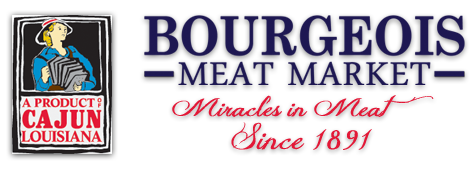
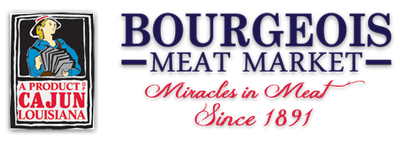
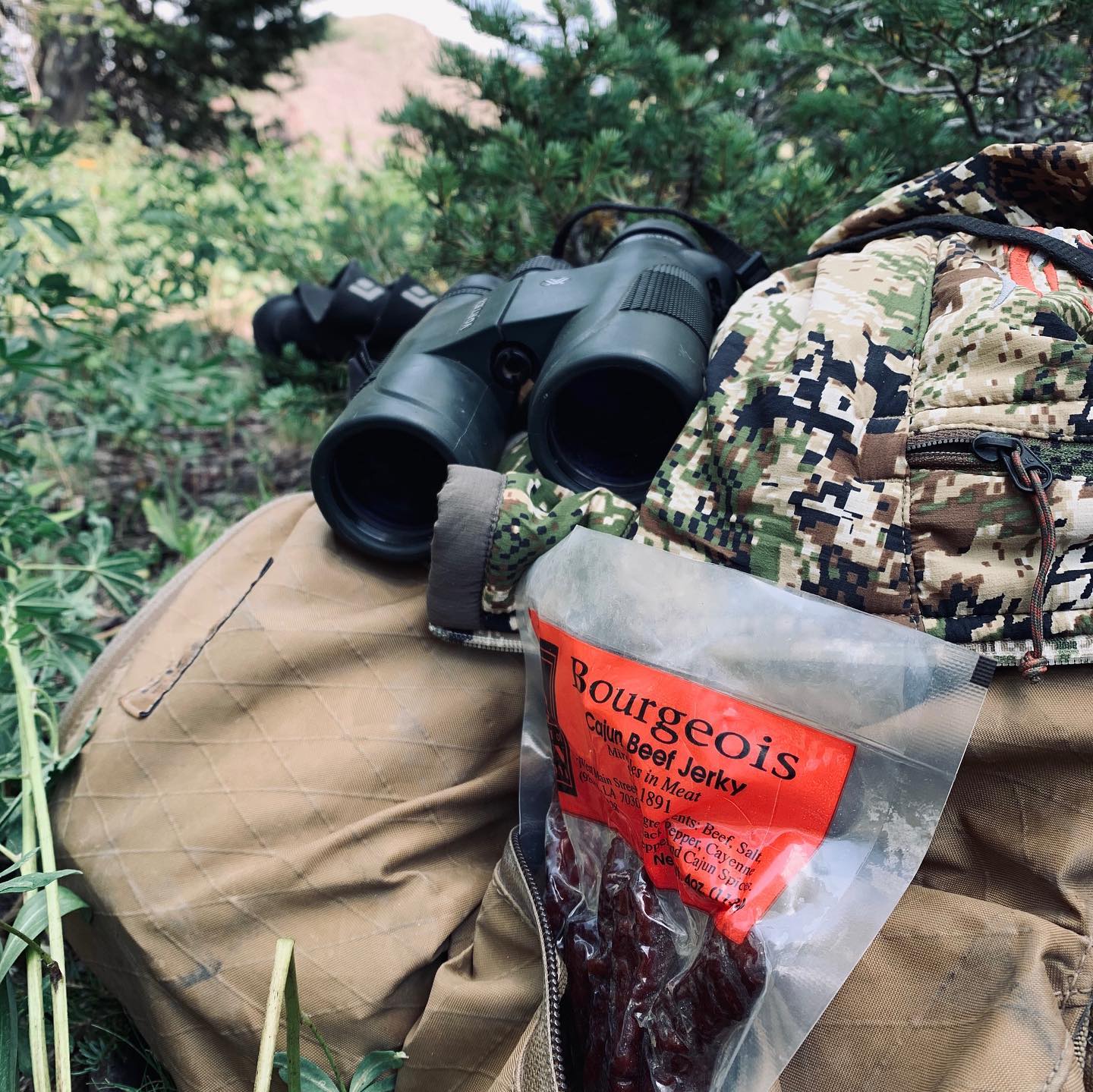

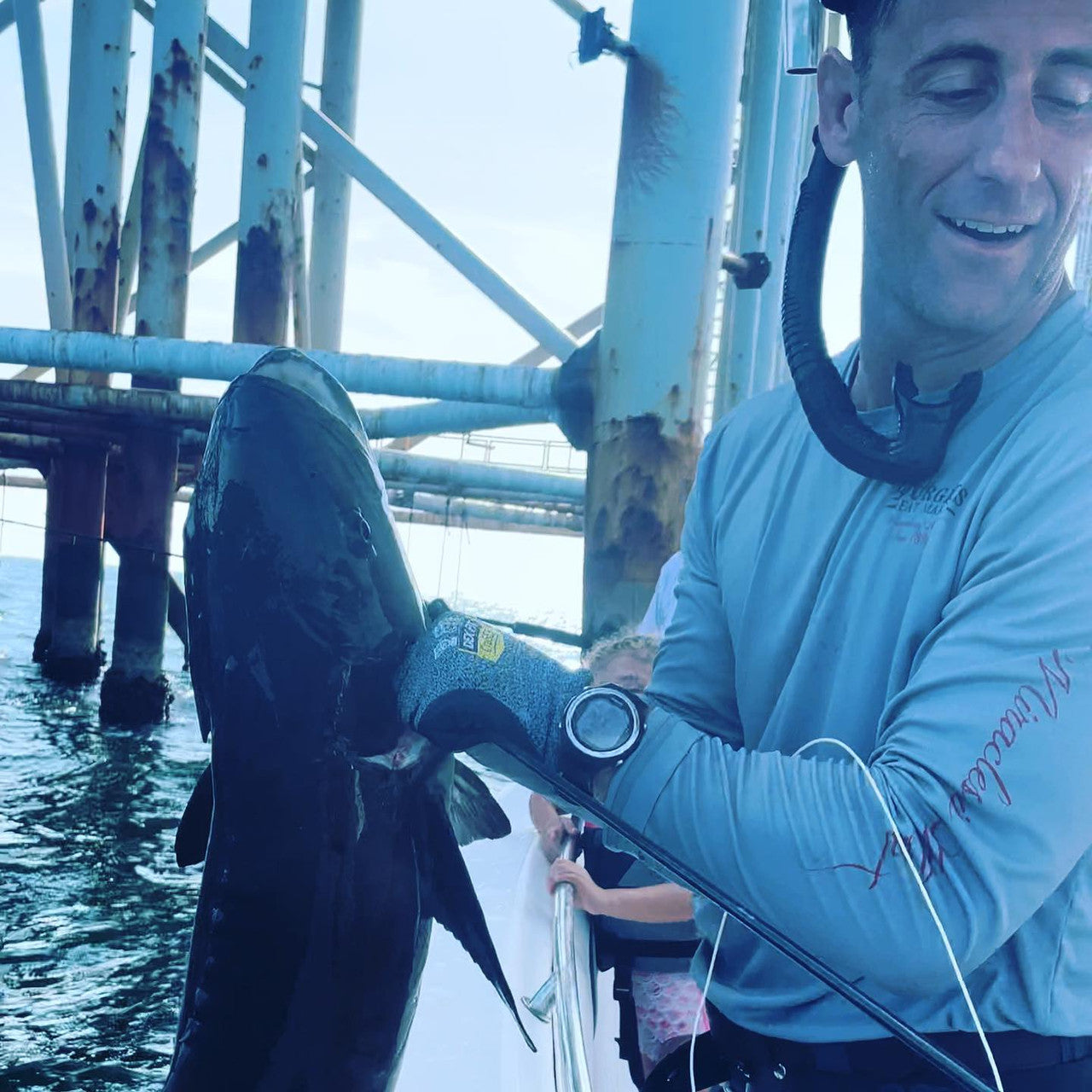
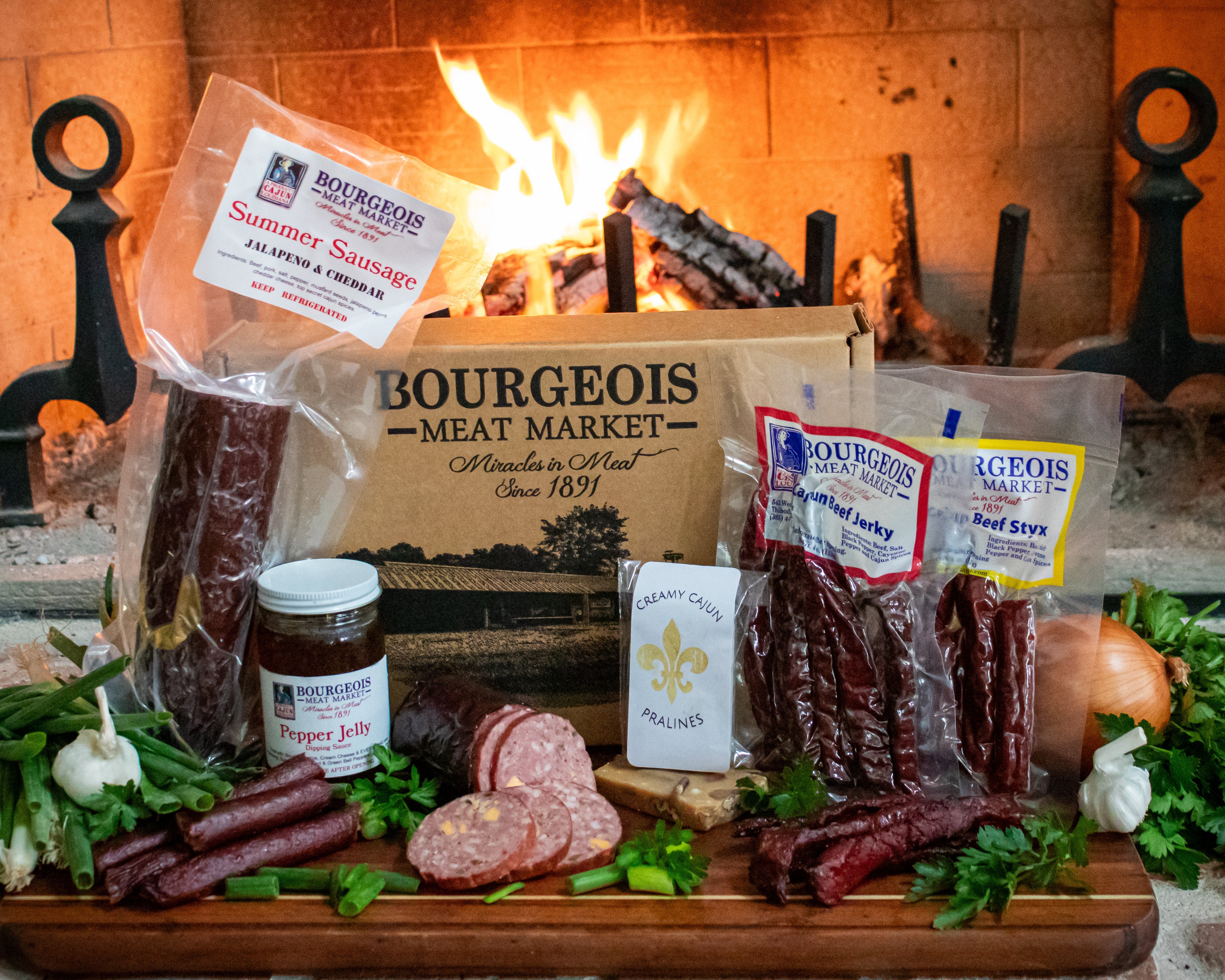
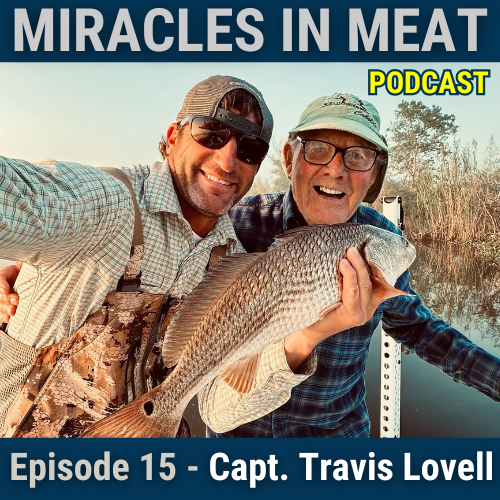

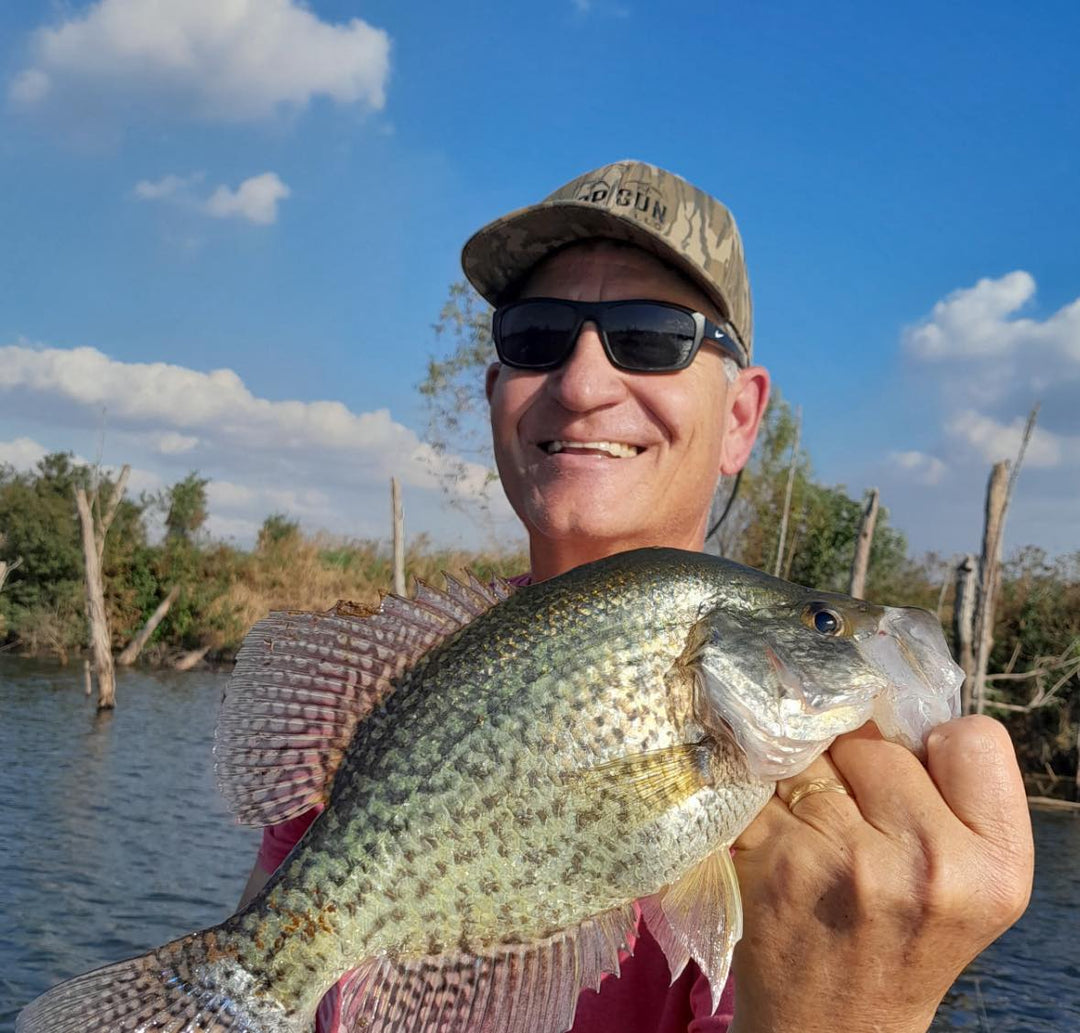

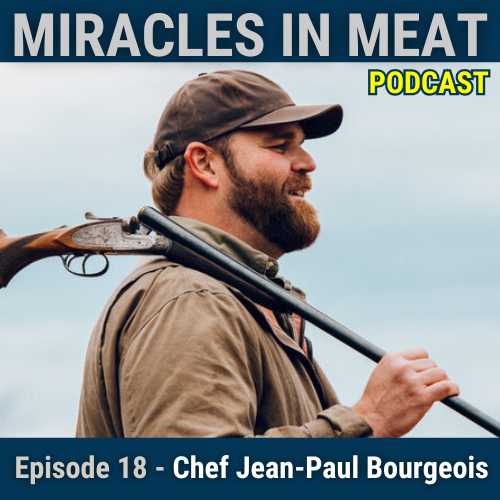
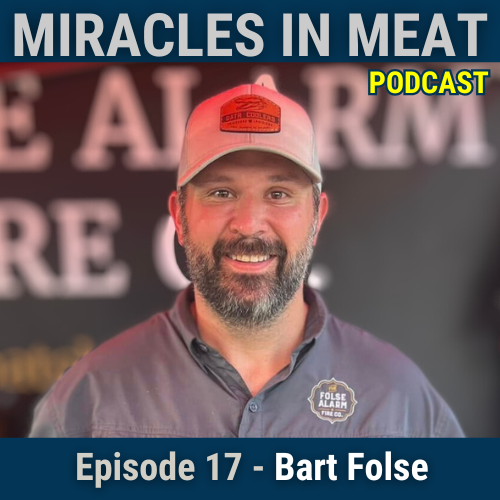



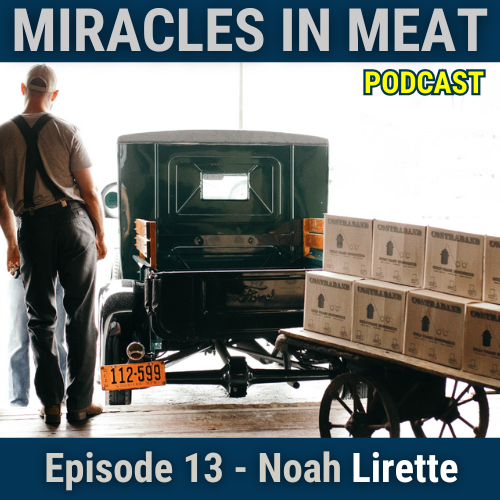
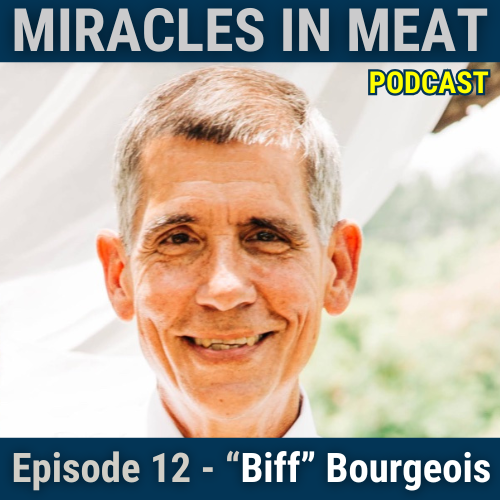
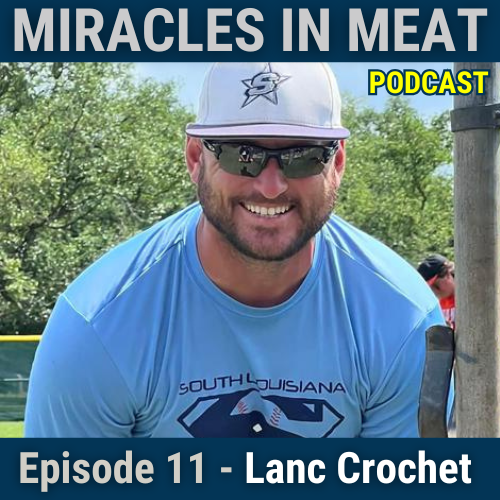
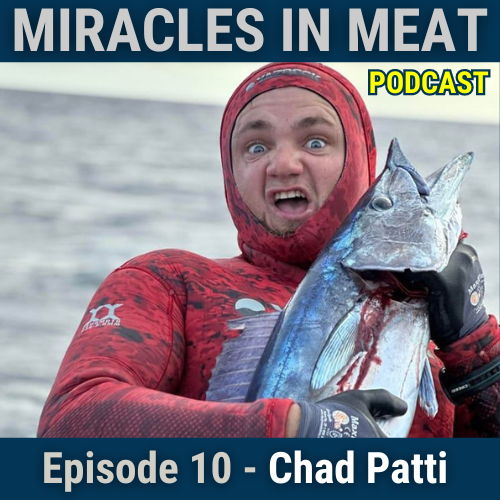
Leave a comment